Login
Join Free
Toys That Teach: Why Learning Toys Help Kids Grow Smarter
Play is powerful. While it may look like simple fun, playtime is where children explore the world, build relationships, and develop the core skills they'll carry into adulthood. In today's toy market, learning toys have taken center stage as tools that blend play with purpose—helping kids grow smarter, more confident, and better prepared for the future.
In this article, we'll explore the world of toys that teach—from STEM activities for young minds to Montessori-style educational games, and everything in between. If you're a parent, teacher, or educational product buyer looking for new ideas, read on.
What Are Learning Toys?
Learning toys (also known as educational or skill-building toys) are items that blend play with developmental goals. Their purpose isn't just to occupy time but to encourage thinking, problem-solving, communication, and coordination.
They can range from basic wooden blocks that teach balance and gravity to advanced robotics kits that introduce engineering concepts. What sets them apart is how they challenge a child's mind, often without the child even realizing they're learning.
Examples include:
-
Toys that teach counting, shapes, and colors
-
Puzzles that improve memory and logic
-
Science and building kits that stimulate engineering thinking
-
Storytelling games that encourage language development
Why Learning Toys Matter for Child Development
Children go through rapid developmental changes during their early years. The brain forms new neural pathways at lightning speed—especially between birth and age 6. Play is one of the most powerful tools to support this growth, and educational toys give that play direction.
Here's how learning toys support early development:
-
Cognitive Skills: From memory games to sequencing puzzles, children learn how to analyze, think ahead, and recognize patterns.
-
Motor Development: Toys that involve sorting, stacking, or fine manipulation strengthen hand-eye coordination and dexterity.
-
Social and Emotional Growth: Board games, role-play sets, or collaborative kits help children learn empathy, sharing, and teamwork.
-
Language and Literacy: Alphabet games, phonics puzzles, and word-building toys support early reading and verbal skills.
-
Creative Expression: Art kits, storytelling cubes, and open-ended building sets inspire imagination and flexible thinking.
Different Types of Toys That Teach
To better understand how learning toys vary, let's look at some popular categories—each with its own strengths.
1. STEM-Focused Toys
STEM stands for Science, Technology, Engineering, and Math. Toys in this category encourage logic, experimentation, and discovery.
-
Magnet tile sets
-
Circuit-building kits
-
Kid-safe microscopes and lab sets
-
Coding robots or programmable toys
These toys are particularly effective for children aged 5–12 who enjoy hands-on challenges and problem-solving tasks.
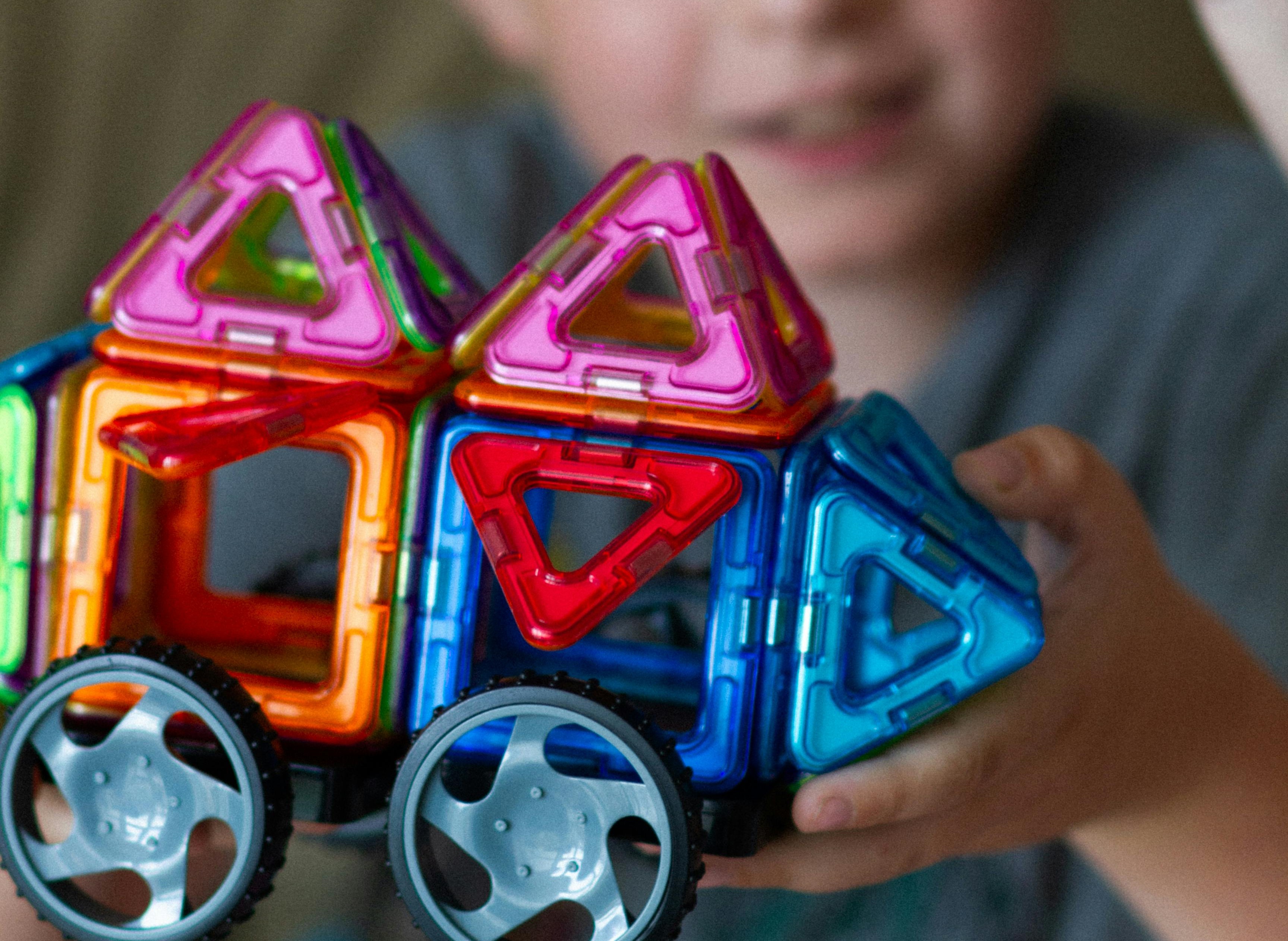
2. Montessori-Inspired Toys
Based on the Montessori educational method, these toys encourage self-directed play.
-
Wooden number rods and counting trays
-
Color sorting and matching tools
-
Life skills kits (e.g., buttoning, pouring, tying)
-
Texture boards and tactile games
Montessori toys promote focus, fine motor control, and independence—making them ideal for children aged 2–6.
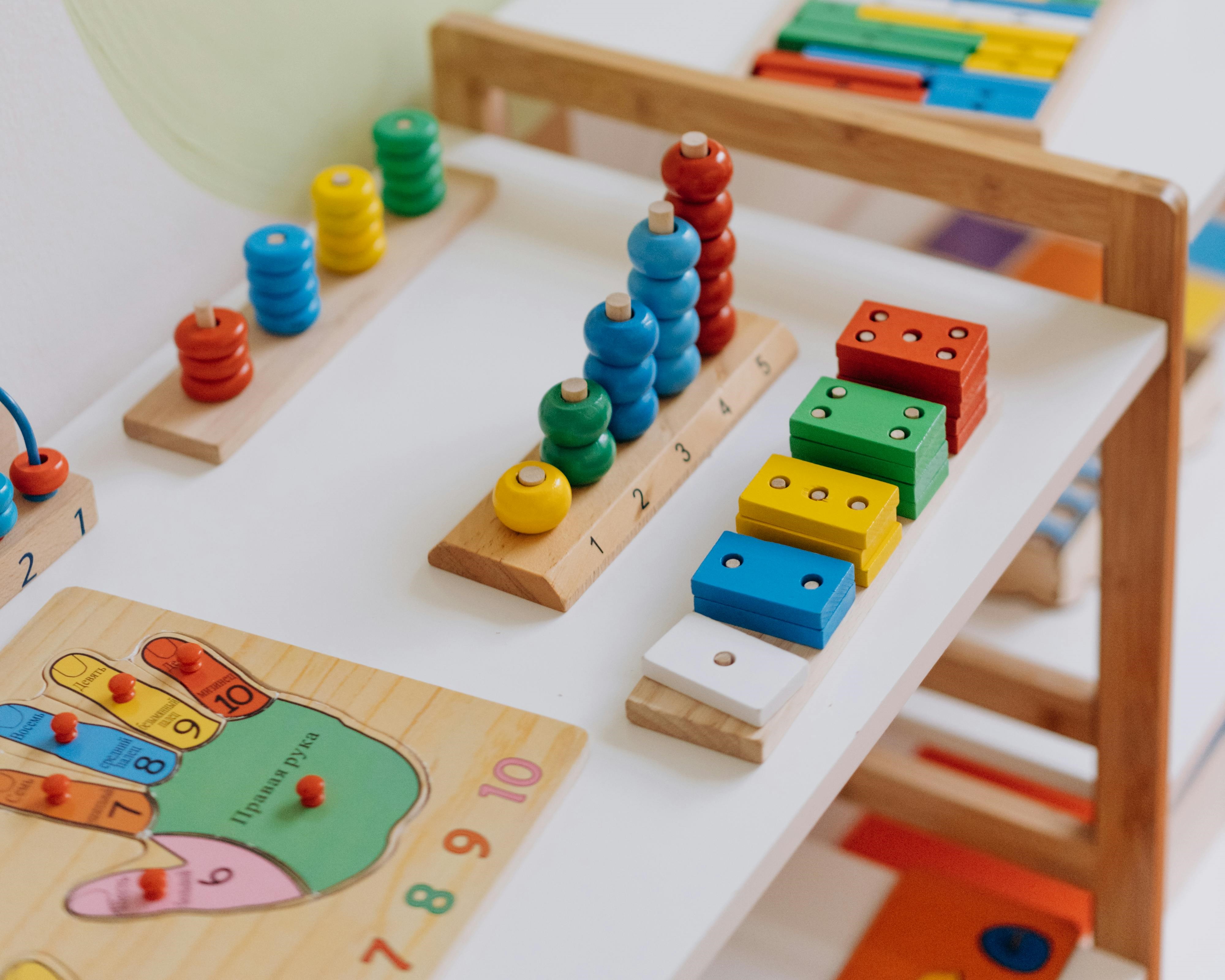
3. Literacy and Language Toys
These toys help build a foundation for reading, speaking, and storytelling.
-
Phonics puzzles and sound games
-
Word family tiles
-
Picture story cards
-
Rhyme and rhythm games
They're especially helpful for preschoolers and early elementary-aged kids who are learning to express themselves or expand vocabulary.
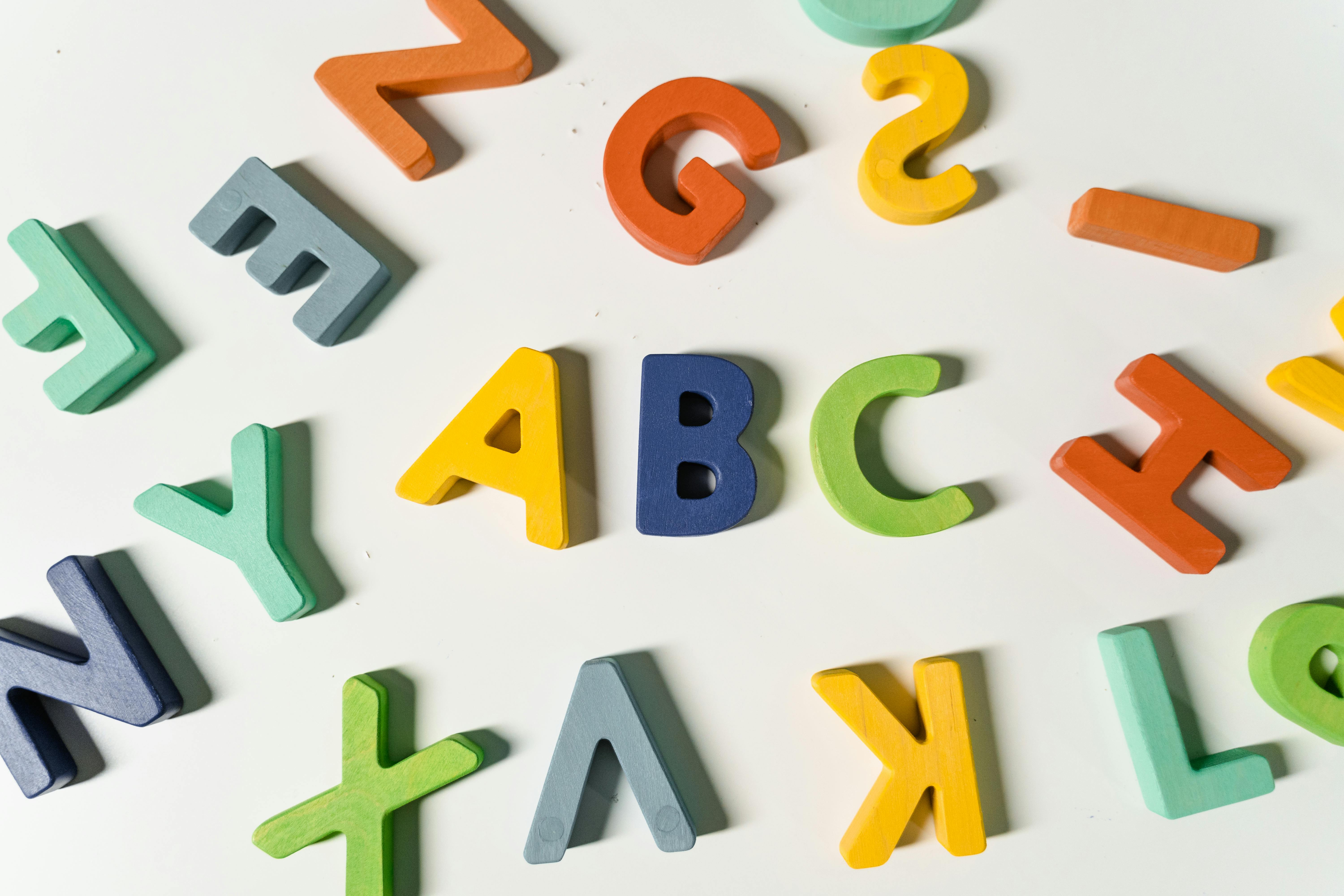
4. Math and Logic Toys
Math-focused learning toys make abstract concepts more concrete and enjoyable.
-
Counting bears, abacuses, and ten frames
-
Tangrams and shape puzzles
-
Simple money management games
-
Board games involving time or measurement
These tools help children build confidence in numeracy—often one of the most intimidating subjects at school.
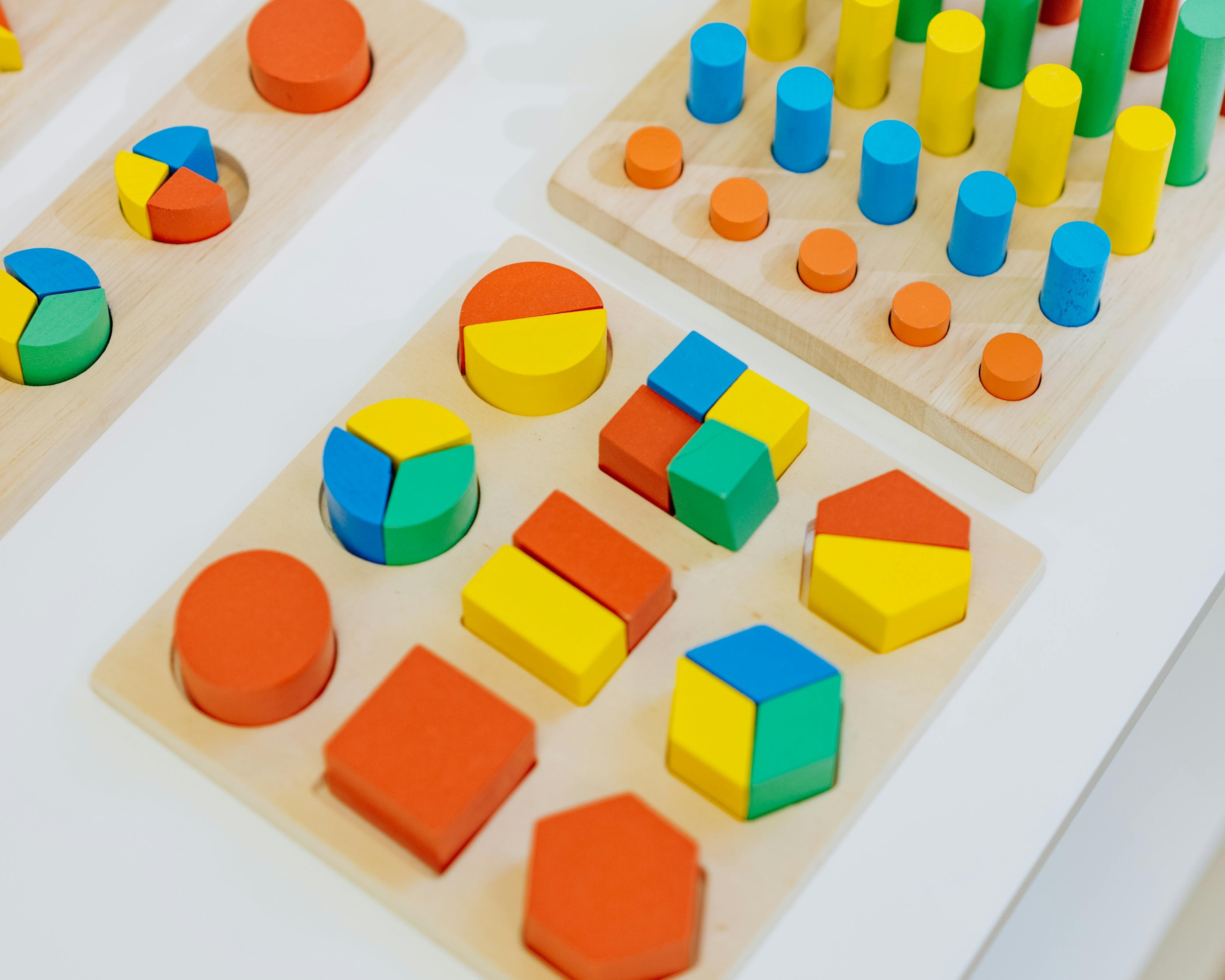
5. Social-Emotional Toys
Learning isn't just academic. Emotional intelligence and empathy are equally important.
-
Feelings flashcards
-
Role-play kits (e.g., doctors, families, classrooms)
-
Cooperative board games (win together rather than compete)
-
Puppets and emotion-expression toys
These help kids understand themselves and others, laying the foundation for healthy relationships.
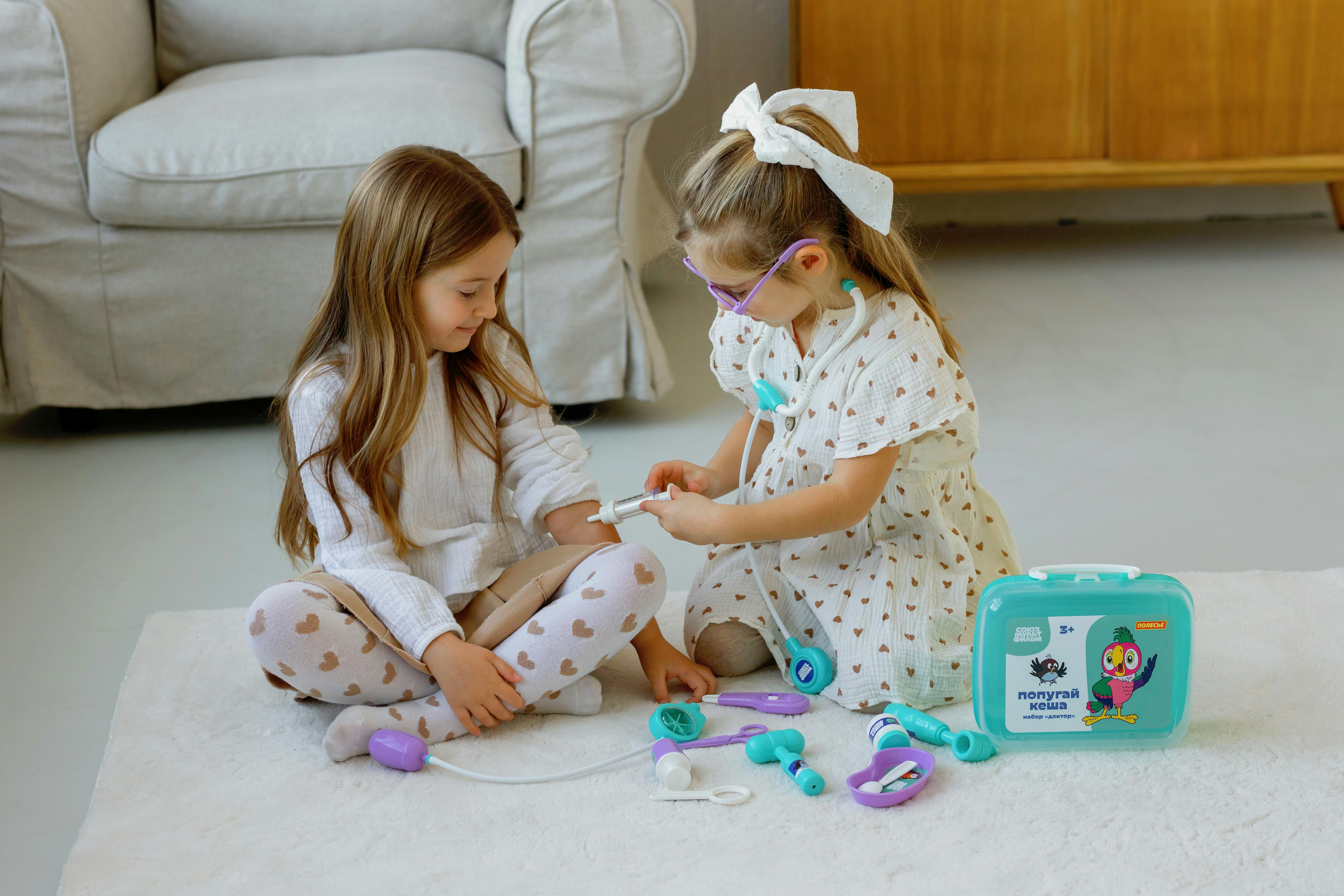
How to Choose the Right Educational Toy by Age
Children's needs change fast, so choosing age-appropriate toys is key:
-
Toddlers (1–3 years): Look for soft blocks, stacking rings, and shape sorters to build fine motor skills.
-
Preschoolers (3–5 years): Great age for memory games, picture puzzles, and color matching boards.
-
School-age kids (6–9 years): STEM kits, building sets, beginner science experiments, and logic-based board games thrive in this age range.
-
Older kids (10+): Offer more complex building systems, robotics, and strategy challenges.
Well-matched toys keep kids engaged longer and support development without frustration.
What Makes a Learning Toy Effective?
Not all so-called "educational toys" are created equal. The best ones share a few key features:
-
Open-ended play: Allowing for creativity and exploration
-
Tactile engagement: Encouraging hands-on interaction
-
Real-world relevance: Teaching practical skills or mirroring everyday tasks
-
Multi-skill development: Engaging more than one learning domain at once
-
Fun factor: Learning doesn't stick unless it's enjoyable!
If a toy keeps a child engaged, inspires questions, and encourages repetition—chances are, it's doing its job well.
Why More Toy Sellers Are Turning to Learning Toys
In recent years, the demand for learning toys has surged among parents, educators, and caregivers who seek products that offer both fun and educational value. Toy sellers are responding by expanding their offerings of these skill-building products because learning toys tend to have longer shelf lives, encourage repeat purchases, and foster customer loyalty.
Unlike many trend-driven toys that quickly fade in popularity, educational toys meet ongoing needs in child development and align well with modern parenting priorities. Additionally, with increasing awareness of STEM education and early childhood development, retailers find learning toys a smart investment to differentiate themselves in a competitive market and meet the growing expectations of today's consumers.
Looking for High-Quality Learning Toys? Partner with Zhorya
For global buyers, educators, and toy retailers sourcing in bulk, Zhorya is your trusted partner in the world of wholesale toys. We offer one of the largest selections of learning toys available—featuring over 80,000+ carefully curated products that support early childhood development, creativity, and hands-on learning.
Our collection includes:
-
Skill-building activity toys
-
Montessori-inspired learning tools
-
STEM-focused kits and interactive games
-
Age-appropriate educational toys for toddlers to pre-teens
We also support flexible OEM/ODM services, allowing you to customize packaging, sound chips, toy structure, and more—perfect for private label or regional market adaptation.
👉 Explore our complete range of wholesale learning toys and discover the variety, value, and reliability that Zhorya brings to your bulk sourcing strategy.

Final Thoughts
The best toys don't just entertain—they teach. In a world full of distractions, toys that develop thinking, communication, and creativity are more important than ever. For businesses interested in stocking learning toys, Zhorya is here to help.

 Русский язык
Русский язык 中文
中文